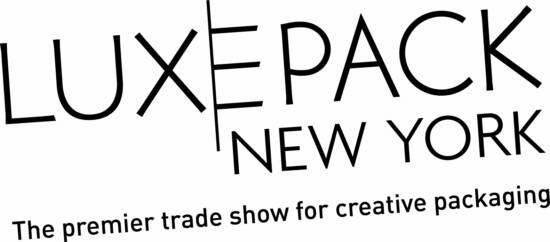Packaging Safe Enough to Eat?
2021/03/03
High-quality food-grade additives represent a sustainable solution as well as offering a range of functional benefits in packaging applications, writes Christina Normann Christensen, Product & Application Manager, Palsgaard.
The plant-based packaging revolution
The plant-based revolution hasn’t just increased the demand for meat-free burgers and vegan moisturizers. A recent survey by the Plant-Based Products Council found that the majority of US consumers were receptive to the idea of packaging (as well as other products) made from plants.[i] Meanwhile, of course, brand owners in the food, cosmetics, and other consumer markets are seeking effective ways to reduce their carbon footprints, and packaging manufacturers are under pressure to move towards more sustainable and closed-loop solutions.
While the movement towards the use of polymers from renewable, non-fossil, and recycled resources is gaining momentum, “minor” components such as additives are still often overlooked. However, plant-based additives can help designers, converters, and end-users of plastic packaging materials minimize the impact of their products on fossil depletion and waste. They also have a crucial effect on processing, handling, and functionality, and provide major benefits over synthetic alternatives without compromising on food safety or end-of-life recycling.
With a full range of food-grade and bio-based polymer additives built on more than 100 years of expertise in plant-based emulsifiers, Palsgaard can help meet these needs.
Dual roles: The journey from food to packaging
When Einar Viggo Schou invented the modern plant-based emulsifier in 1917, we can be confident he wasn’t thinking about packaging. Since then, products in the Palsgaard range have improved taste and texture in food categories like margarine and ice-cream, as well as extending shelf-life and allowing less resource-intensive production.
However, because of their fundamental ability to mix oil and water, our emulsifiers were later found to offer significant benefits in non-food applications. Products in the resulting Einar® range now serve as surfactants, dispersing aids, aging modifiers, slip enhancers, coatings, and mold release agents in polymer applications such as packaging materials. The surfactants are of particular benefit to the food packaging industry because they can reduce both fogging on the plastic material and the accumulation of static electricity. All the solutions in the range are plant-based and food-grade, making them safe enough to eat and overcoming growing consumer concerns about harmful additives in polymer products.
Source: Packaging Europe by Mark Og Bjerre on 03/02/2021

